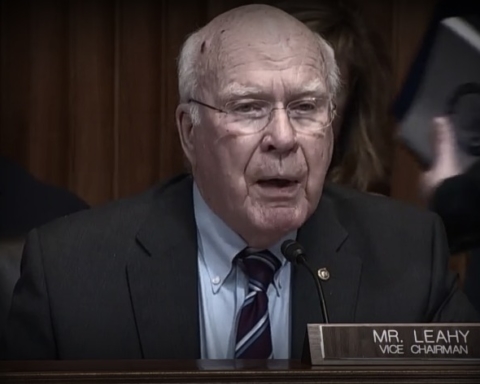The nation’s space administration is approaching uncertain stages of development in more than half of its major projects, including a manned mission to Mars that could see spending explode over the next decade.
On the surface, this week’s Government Accountability Office (GAO) report on how well NASA is progressing in its various enterprises looks positive, with overall cost and schedule performances improving over the last five years.
But the government watchdog noted than nine of the seventeen projects it reviewed are about to enter the “system assembly, integration, and test” phases of development, which is the time when most cost increases and delays are revealed.
“NASA has realized significant cost or schedule growth for at least one major project for eight out of the last 9 years,” the GAO reported, pointing out that those setbacks most often occur during the aforementioned test stage.
Among the several endeavors vulnerable to cost overruns are the space agency’s two most expensive initiatives: the launching system and crew cabin for an eventual rocket to Mars.
The latter, called the Orion Multi-Purpose Crew Vehicle, has a current total cost baseline of $11.28 billion, but that could likely increase, with the project already having suffered snags in its design. Engineers are reworking the module’s heat shield.
Other parts of the Orion cabin currently being assembled (by the European Space Agency, per an agreement with NASA) have also faced challenges that have seen design reviews pushed back by as much as six months. Program officials have set a crewed launch ready data of no later than April 2023.
The Space Launch System–eventually to be used by Orion–has a projected total baseline of $9.69 billion, and is also facing a number of new hurdles, including pricing disagreements with its contractor, Boeing. The mission also faced delays associated with “incorrectly installed structural components,” and a risk regarding “excessive hydrogen accumulating around the base of the vehicle during launch,” as the GAO detailed.
“If new development issues arise, the program has limited cost and schedule reserves remaining to address them,” the oversight agency warned.
Although NASA’s portfolio is currently loaded with particularly-high risk projects entering critical stages of development, the administration’s latest budget request doesn’t reflect any funding concerns. It asked for $19 billion in funding for fiscal year 2017–a reduction from $19.3 billion that was appropriated to the agency in last year’s omnibus.
The meager spending request raised flags, even among budget deficit hawks. “This proposed budget continues to tie our astronauts’ feet to the ground and makes a Mars mission all but impossible,” said Rep. Lamar Smith (R-Texas) said during an oversight hearing earlier this month with NASA Administrator Charles Bolden.
Bolden defended the budget request, claiming he would have asked for more, had he known his agency was receiving the extra $300 million from last December’s appropriations bill.
“We had no idea that the ’16 budget was going to be $19.3,” Bolden told the panel. “We were all startled — pleasantly — to receive a $19.3 billion budget from the Congress.”
Another NASA project reviewed by the GAO entering a critical stage is the James Webb Space Telescope, which is “designed to help understand the origin and destiny of the universe, the creation and evolution of the first stars and galaxies, and the formation of stars and planetary systems.” It, too, is facing schedule, design, manufacturing, and contractor challenges, while clinging to a launch date of October 2018.
NASA is also nearing completion of another machine geared toward answering the ultimate question. Despite some challenges with a developing co-partner in the Canadian Space Agency, the OSIRIS-Rex spacecraft is committed to a readiness date of October this year. The ship will “travel to a near-Earth asteroid and use a robotic arm to retrieve samples that could help explain our solar system’s formation and how life began,” the GAO explained.
The space administration is also working on a number of projects to study climate change from space, including a Synthetic Aperture Radar that will study ice masses, ecosystems, and the Earth’s carbon cycling. That project is set for a December 2020 launch.





